1. Mount Adams
Mount Adams, Washington's largest volcano, has recently shown a surge in seismic activity after remaining largely dormant for thousands of years.
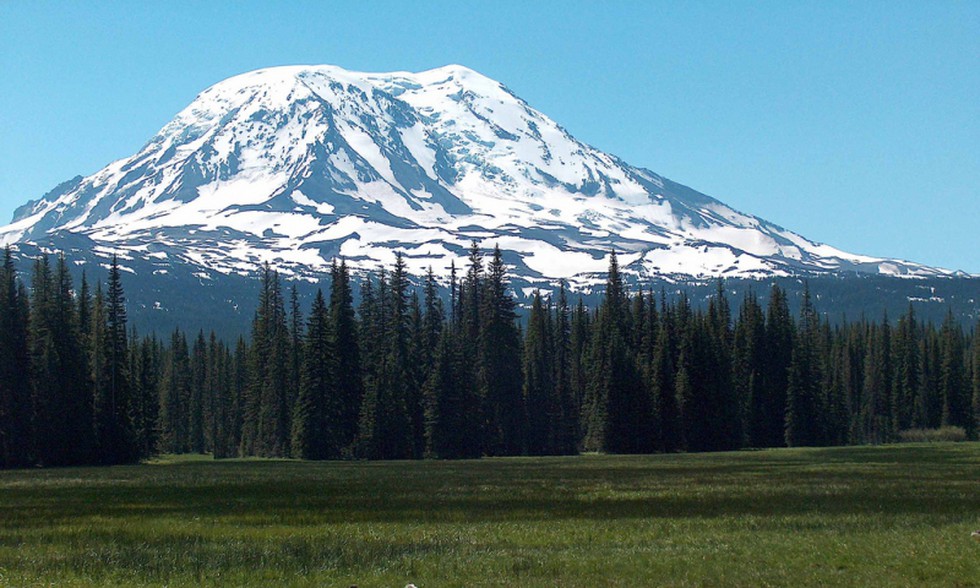
About Mount Adams:
- It is a stratovolcano located in Washington State, United States.
- At 12,277 feet (3,742 meters) high and 18 miles (29 kilometers) wide, Mount Adams is the largest active volcano in Washington, surpassing Mount Rainier — the state's highest peak — by volume.
- Mount Adams lies in the middle of the Mount Adams volcanic field—a 1,250 sq. km area comprising at least 120, mostly basaltic volcanoes that form spatter and scoria cones, shield volcanoes, and some extensive lava flows.
- Mount Adams supports over 10 active glaciers that provide water to the forests, streams, and meadows below.
- The most recent eruption at the site occurred sometime between 3,800 and 7,600 years ago when humanity was still in the Stone Age.
What is a Stratovolcano?
- Stratovolcanoes (also known as composite volcanoes) are tall, steep, and cone-shaped types of volcanoes.
- Unlike flat shield volcanoes, they have higher peaks.
- They are built of successive layers of ash and lava.
- The magma (molten rock) within the volcano is viscous and often contains trapped gas, causing explosive eruptions.
- Stratovolcanoes occur at the margins of tectonic plates, large sections of Earth's crust that move together.
- The continental plates, composed of less dense material, override the oceanic plates.
- Magma generated from the subducting plate rises and squeezes into cracks, eventually reaching the surface in a volcanic eruption.
- They comprise the largest percentage (~60%) ofthe Earth's individual volcanoes.
- Approximately 85% of stratovolcanoes are located around the Pacific Ocean, forming what is called the “Ring of Fire.”
2. What is Article 142 of the Indian Constitution?
The Supreme Court recently refused to entertain a PIL seeking directions under Article 142 to include sexual offences against men, trans persons, and animals under the newly enacted Bharatiya Nyaya Sanhita (BNS).

About Article 142:
- It deals with the Supreme Court's power to exercise its jurisdiction and pass an order for doing complete justice in any cause or matter pending before it.
- It provides the apex court with a special and extraordinary power and is meant to provide justice to litigants who have suffered traversed illegality or injustice in the course of legal proceedings.
- Article 142(1) states that “The Supreme Court, in the exercise of its jurisdiction, may pass such decree or make such order as is necessary for doing complete justice in any cause or matter pending before it, and any decree so passed or order so made shall be enforceable throughout the territory of India in such manner as may be prescribed by or under any law made by Parliament and, until provision in that behalf is so made, in such manner as the President may by order prescribe”.
- Article 142 allows the Supreme Court to deliver justice in exceptional cases where existing provisions or laws are not applicable.
- If a legislative enactment seeks to make unenforceable the decree or order of the Supreme Court made under Article 142, in relation to the cause and the parties between whom it was made, such law would be void for contravening Article 142[8].
- This power cannot be used to "supplant" substantive law applicable to the case or cause under consideration of the court.
- Significant cases where Article 142 was invoked:
- Babri Masjid Case:The article was used in the Ram Janmabhoomi-Babri Masjid land dispute case and was instrumental in the handover of the disputed land to a trust to be formed by the union government.
- Bhopal Gas Tragedy:The SC invoked its plenary powers in the Union Carbide vs Union Govt case and intervened to provide compensation to victims of the deadly Bhopal Gas Tragedy.
3. Key Facts about Jordan Valley
The Shiite militia group, the Islamic Resistance in Iraq, recently claimed responsibility for conducting two drone strikes on Israeli sites in the Jordan Valley.
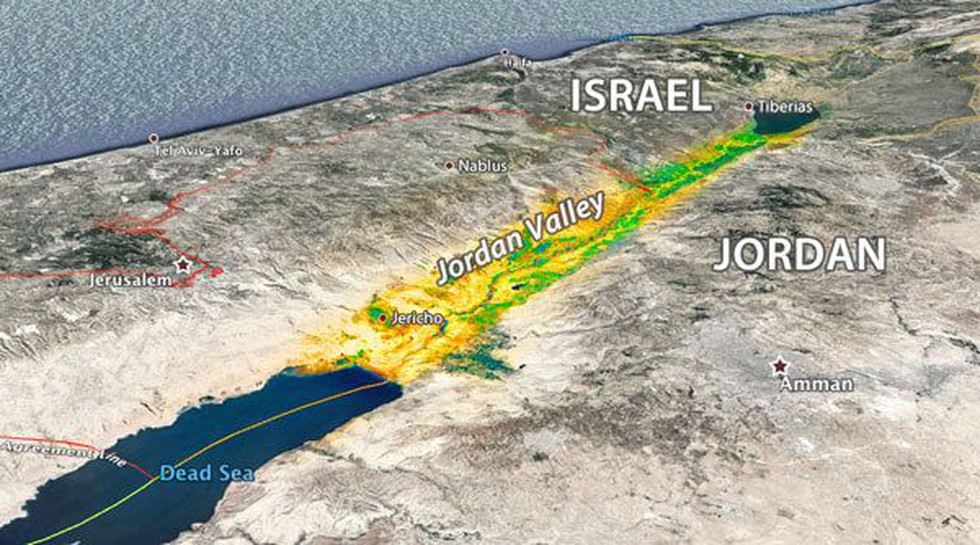
About Jordan Valley:
- It is a rift valleyin the Middle East in southwestern Asia.
- A segment of the East African Rift System, the Jordan Valley is about 105 kilometers long and stretches from the Sea of Galilee in the north to the Dead Sea in the south.
- It is located along the Jordan Riverand along Jordan’s western border with Israel and the West Bank.
- It comprises over a fifth of the territory of the West Bank.
- It drops more than 1,400 feet (430 metres) below sea level at the Dead Sea, the lowest natural point on Earth’s surface.
- Its width extends about 6 miles (10 km), though it becomes narrower in some locations.
- Though the valley is sparsely populated, some communities exist, most notably the city of Jericho in the West Bank.
- The Jordan Valley holds immense religious importance for Christianity, Judaism, and Islam.
4. What are Darwin’s Finches?
In research published recently, biologists have identified a key connection between ecology and speciation in Darwin's finches, famous residents of the Galapagos Islands.

About Darwin’s Finches:
- Darwin’s finches, named after Charles Darwin, are small land birds.
- They comprise a group of 15 species endemic to the Galápagos (14 species) and Cocos (1 species) Islands in the Pacific Ocean.
- The group is monophyletic and originated from a common ancestral species that reached the Galápagos Archipelago from Central or South America.
- Descendants of this ancestor on the Archipelago then colonized Cocos Island.
- Darwin’s finches are all very similar in shape, size, and colour, but there are a few differences which can help when identifying them. These include diet, habitat, and beak size and shape.
- They’re known for their remarkably diverse beak form and function, evolved to suit the different food types available across the islands.
- From seeds and fruits to invertebrates and even blood, their widely varied beak shapes and sizes have allowed each species to occupy different niches of the islands.
- Darwin’s finches are the classic example of adaptive radiation, the evolution of groups of plants or animals into different species adapted to specific ecological niches.
5. What is Haber-Bosch Process?
A hundred million tonnes of nitrogen are now removed from the atmosphere and converted into fertilizer via the Haber-Bosch process, adding 165 million tonnes of reactive nitrogen to the soil.

About Haber-Bosch Process:
- It is a process that fixes nitrogen with hydrogen to produce Ammonia (NH3)—a critical part of the manufacture of plant fertilizers.
- The process was developed in the early 1900s by Fritz Haber and was later modified to become an industrial process to make fertilizers by Carl Bosch.
- It is considered by many scientists and scholars as one of the most important technological advances of the 20th century.
- It is extremely important because it was the first of the processes developed that allowed people to mass-produce plant fertilizers due to the production of ammonia.
- It was the first industrial chemical process to use high pressure for a chemical reaction.
- How does the Haber-Bosch Process Work?
- It directly combines nitrogen from the air with hydrogen under extremely high pressures and moderately high temperatures.
- A catalyst made mostly from ironenables the reaction to be carried out at a lower temperature than would otherwise be practicable.
- The removal of ammonia from the batch as soon as it is formed ensures that an equilibrium favouring product formation is maintained.
- The lower the temperature and the higher the pressure used, the greater the proportion of ammonia yielded in the mixture.
6. What is THAAD Missile System?
As Israel intensifies its military operation against Hezbollah militants in Lebanon, the United States announced it will deploy a missile defence system, the Terminal High Altitude Area Defence (THAAD) battery, to Israel.
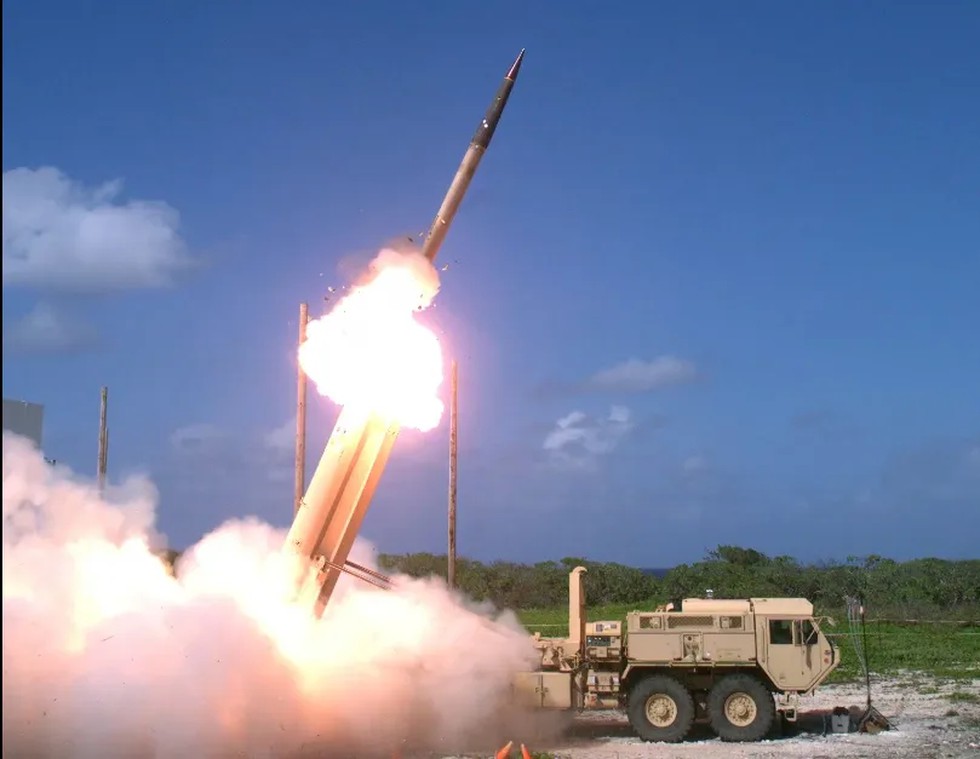
About THAAD Missile System:
- It is a missile defense system that can engage and destroy short-, medium-, and intermediate-range ballistic missiles during their terminal phase of flight.
- Key features
- It has a “hit to kill” approach which blasts missiles as they enter their target zone during their descent.
- It uses kinetic energyto destroy incoming nuclear warheads.
- Target range: It can cover a wide area, engaging targets at distances between 150-200 kilometers (93-124 miles).
- Development of THAAD
- It was developed by the US after their experience of Iraq's Scud missile attacks during the Persian Gulf War in 1991.
- In 2008, the US deployed an early missile warning radar, a part of the THAAD system to Israel. Similar deployments were also made in 2012 and 2019, aiding Israel's ability to emerge as a military power.
7. What is UNICEF?
Recently, the United Nations International Children’s Fund (UNICEF) has said that Indian suppliers are the third largest provider of organisation’s health and nutrition support to children globally.

About UNICEF:
- The United Nations International Children’s Emergency Fund (UNICEF) was established in 1946, in the aftermath of World War II.
- Mandate: To help children and young people whose lives and futures were at risk – no matter what role their country had played in the war.
- It works in over 190 countries and territories to protect the rights of every child.
- Funding: UNICEF's work is funded entirely through the voluntary support of millions of people around the world and our partners in government, civil society and the private sector.
- Awards:It has received the Nobel Peace Prize in 1965, the Indira Gandhi Prize in 1989, and the Princess of Asturias Award in 2006.
- It publishes important Reports:The State of the World’s Children, The State of the World’s Children reports.
- Global Initiatives:
- In 2012, UNICEF worked with Save the Children and The United Nations Global Compact to develop the Children's Rights and Business Principles, and now these guidelines form the basis of UNICEF's advice to companies.
- UNICEF's Data Must Speak Initiative (DMS) helps countries unlock existing data to expand access to education and improve learning for all.
- Headquarters: It is headquartered in New York City.
8. What are Biopolymers?
Recently, the Union Minister inaugurated India’s first Demonstration Facility for Biopolymers in Pune.
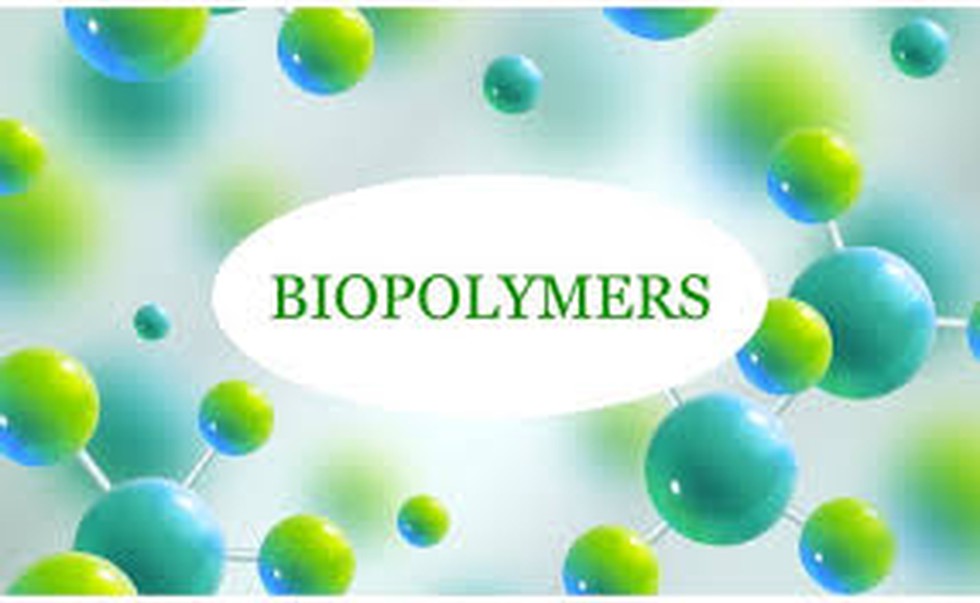
About Biopolymers:
- These are materials that have been manufactured from biological sources such as fats, vegetable oils, sugars, resins, and proteins.
- The biopolymers have more complex structures than synthetic polymers therefore they are more active in vivo.
- Furthermore, as biopolymers are biodegradable their decomposition is easily done by bacteria in the soil environment, as compared to synthetic polymers which cause environmental pollution due to incineration.
- Characteristics
- They can control the life processes of living organisms and are environmentally friendly.
- They are decomposed by the processes named –oxidation (mainly reaction with oxygen), hydrolysis (decomposition by water) or by some enzymes.
- Some of them are compostable and can show some chemical properties on their surface.
- Biopolymers like polylactic acid, polyglycolate, poly 3-hydroxy butyrate etc. may show plastic properties and instead.
- Benefits:
- These polymers can reduce carbon dioxide levels in the atmosphere and also decrease carbon emissions.
- This happens because bio-degradation of these chemical compounds can release carbon dioxide that can be reabsorbed by crops grown as a substitute in their place.
9. Inter-Parliamentary Union
Recently, Lok Sabha Speaker, leading an Indian Parliamentary Delegation at the 149th Assembly of the Inter-Parliamentary Union (IPU) in Geneva, emphasised the importance of multilateralism in his address.
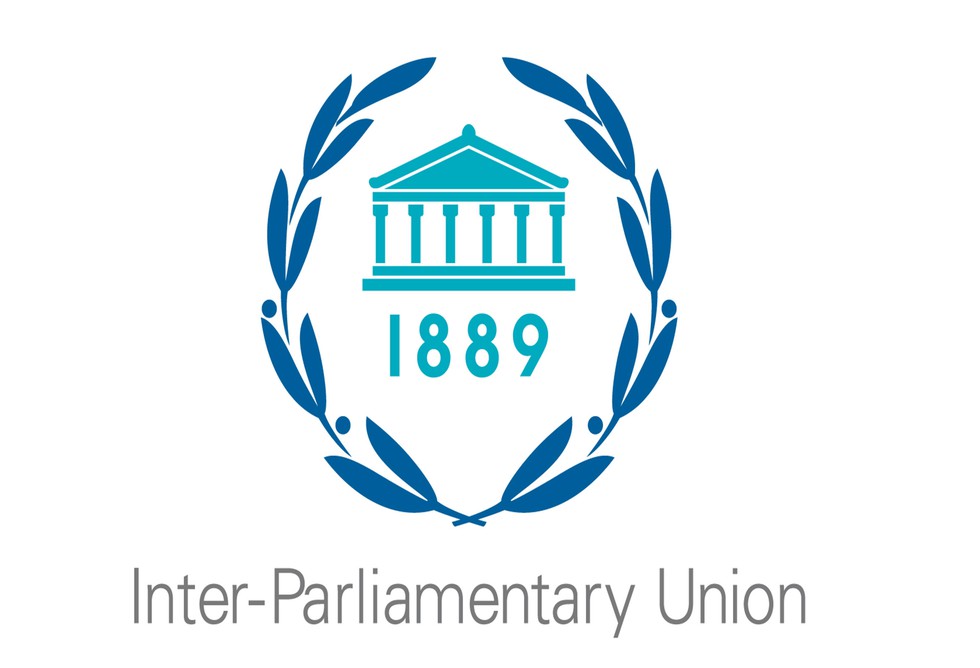
About Inter-Parliamentary Union:
- It is the international organization of Parliaments which was established in 1889 in Paris to promote representative democracy and world peace.
- It facilitates parliamentary diplomacy and empowers parliaments and parliamentarians to promote peace, democracy, and sustainable development around the world.
- It was the first multilateral political organization in the world, encouraging cooperation and dialogue between all nations.
- Members: It comprises 180 member parliaments and 15 associate members.
- It promotes democracy and helps parliaments become stronger, younger, gender-balanced and more diverse.
- It also defends the human rights of parliamentarians through a dedicated committee made up of MPs from around the world.
- The IPU moved its headquarters to Geneva in 1921.
- Funding: It is financed primarily by its members out of public funds.
- Structure
- IPU Assembly: It is the principal statutory body that expresses the views of the IPU on political issues. It brings together parliamentarians to study international problems and make recommendations for action.
- Governing Council: It is the plenary policymaking body of the IPU. It is composed of three representatives from each member of parliament. The President of the IPU is ex-officio President of the Governing Council.
- The Council establishes the annual programme and budget of the IPU.
- Executive Committees: In accordance with the IPU statutes, this 17-member body oversees the administration of the IPU and provides advice to the Governing Council. The 15 members of the Executive Committee are elected by the Council for a four-year term.
- The President of the IPU is an ex officio member and President of the Committee.
- Standing Committees: There are three Standing Committees set up by the IPU Governing Council to assist the Assembly in its work.
10. MAHA-EV Mission
The Anusandhan National Research Foundation announced the launch of the Mission for Advancement in High-Impact Areas -Electric Vehicle (MAHA- EV) Mission.
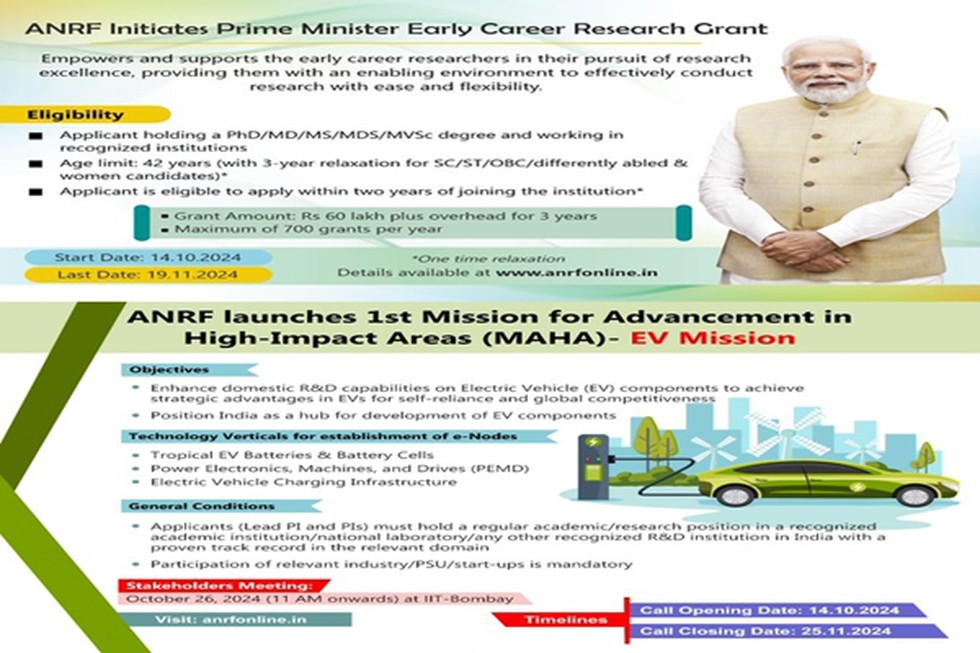
About MAHA-EV Mission:
- It focuses on the development of key EV technologies to reduce dependency on imports, promote domestic innovation, and position India as a global leader in the EV sector.
- It is part of ANRF’s Advancement in High-Impact Areas (MAHA) program designed to catalyze multi-institutional, multi-disciplinary, and multi-investigator collaboration to tackle critical scientific challenges.
- It aims to accelerate technological advancement in key sectors that have a high impact on the nation's future growth to create a global standing in the area.
- It is concentrating on three critical technology verticals-- Tropical EV Batteries and Battery Cells, Power Electronics, Machines, and Drives (PEMD) and Electric Vehicle Charging Infrastructure.
- Significance
- The mission will enhance domestic capabilities in the design and development of essential EV components.
- It will strengthen competitiveness and position India as a hub for EV component development, driving global competitiveness and innovation.
- By accelerating the shift towards electric mobility, it will contribute to a greener and sustainable future.


























































































































































.png)
.png)
.png)
.png)
.png)


.png)
.png)
.png)





.png)
.png)






.png)
.png)
.png)
.png)
.png)
.png)
.png)
.png)
.png)

.png)







.png)
.png)


.png)
.png)
.png)


.png)

.png)
.png)





.jpg)

.png)
.png)


.png)

.png)
.png)
.png)

.jpg)

.jpg)


.png)

.png)
.png)
.png)
.png)
.png)
.png)
.png)
.png)
.png)
.png)




.png)

.png)





.png)
.png)
.png)
.png)
.png)
.png)
.png)
.png)
.png)
.png)
.jpg)
.jpg)

.png)
.png)
.png)
.png)
.png)
.png)
.png)
.png)
.png)
.png)
.png)
.png)
.png)
.png)
.png)
.png)
.png)
.png)
.png)
.png)
.png)
.png)



.png)
.png)

.jpg)
.jpg)


.jpg)
.jpg)
.jpg)
.jpg)
.jpg)

.jpg)








.jpg)
.jpg)
.jpg)
.jpg)
.jpg)

















.jpg)
.jpg)







.jpg)


















.jpg)
.jpg)






























































































.jpg)
.jpg)


























.jpg)

.jpg)










.jpg)








.jpg)




.jpg)










.jpg)


















.jpg)












































.jpg)














.jpg)
.jpg)
.jpg)





.jpg)

.jpg)
.jpg)





































































.jpg)


































.jpg)
.jpg)
















































.jpg)












.jpg)


.jpg)




.jpg)
.jpg)
.jpg)

.jpg)
.jpg)
.jpg)
.jpg)

.jpg)
.jpg)
.jpg)

.jpg)
.jpg)
.jpg)
.jpg)
.jpg)
.jpg)
.jpg)
.jpg)

.jpg)


.jpg)
.jpg)
.jpg)
.jpg)
.jpg)
.jpg)
.jpg)
.jpg)
.jpg)
.jpg)











.jpg)
.jpg)





.jpg)
.jpg)
.jpg)
























.jpg)
























.jpg)









.jpg)
.jpg)







.jpg)
.jpg)









































.jpg)
.jpg)
.jpg)
.jpg)
.jpg)

.jpg)
.jpg)
.jpg)
.jpg)
.jpg)


.jpg)
.jpg)
.jpg)
.jpg)
.jpg)

.jpg)
.jpg)
.jpg)
.jpg)
.jpg)
.jpg)
.jpg)
.jpg)
.jpg)
.jpg)
.png)

.png)
.png)

.png)
.png)
.png)
.png)


.jpg)
.jpg)

.jpg)
.jpg)
.jpg)

.png)
.png)
.png)
.png)
.png)
.png)
.png)

.png)
.png)
.png)
.png)
.png)
.png)
.png)
.png)
.png)
.png)





































































-min.png)



.png)




.png)








































